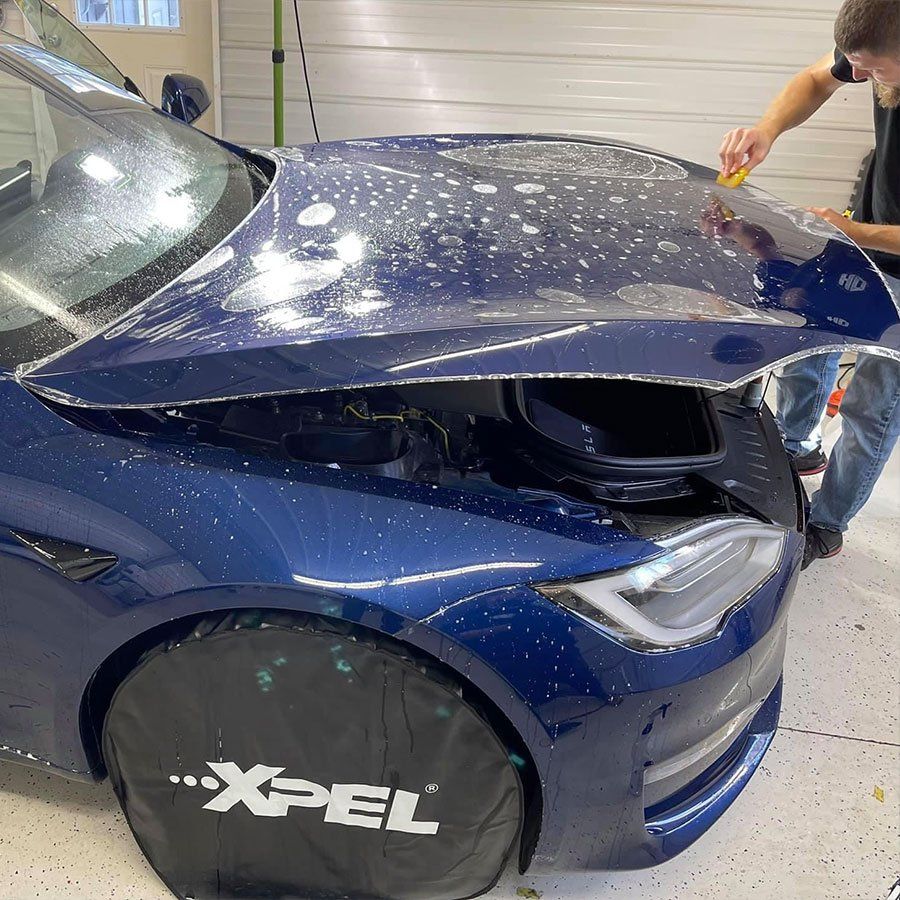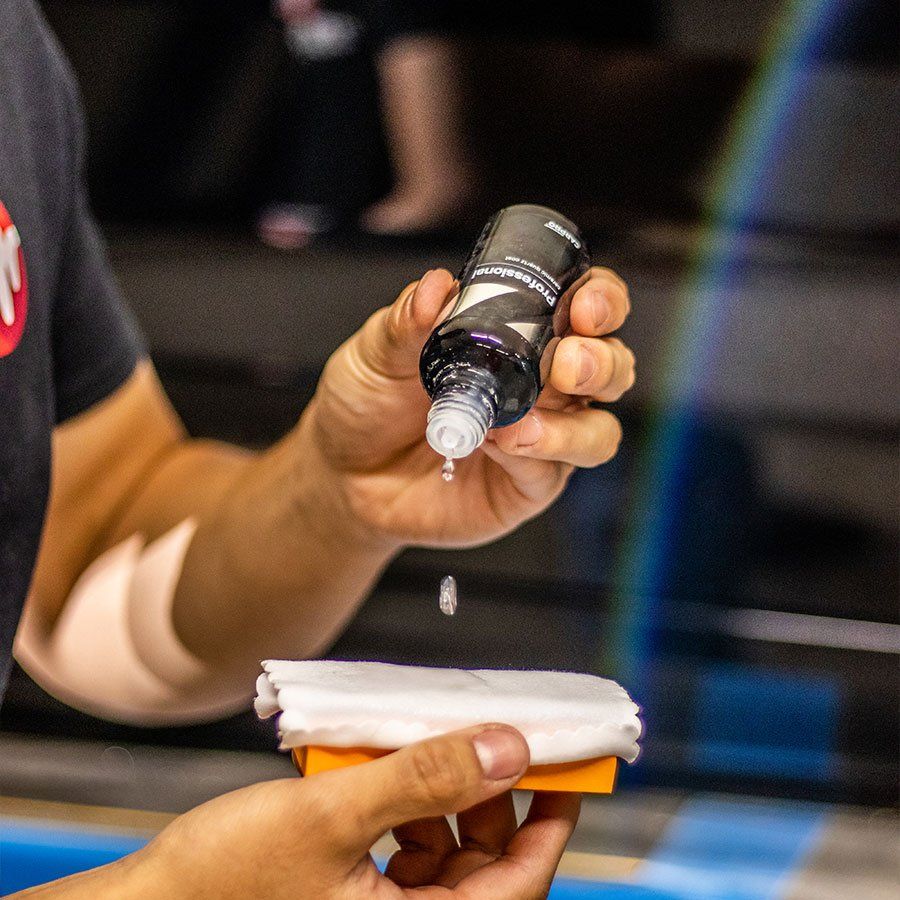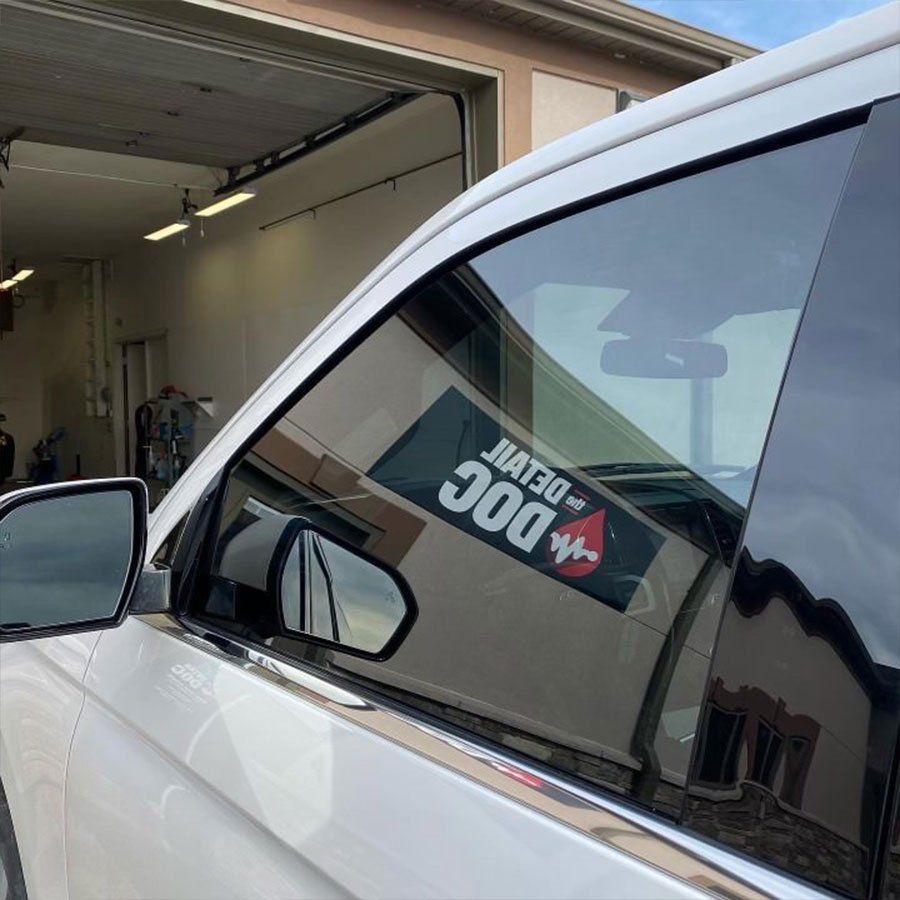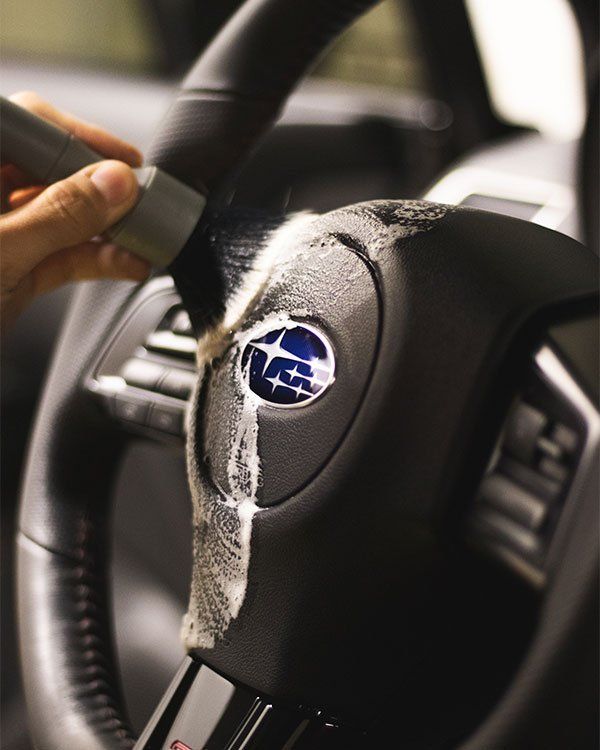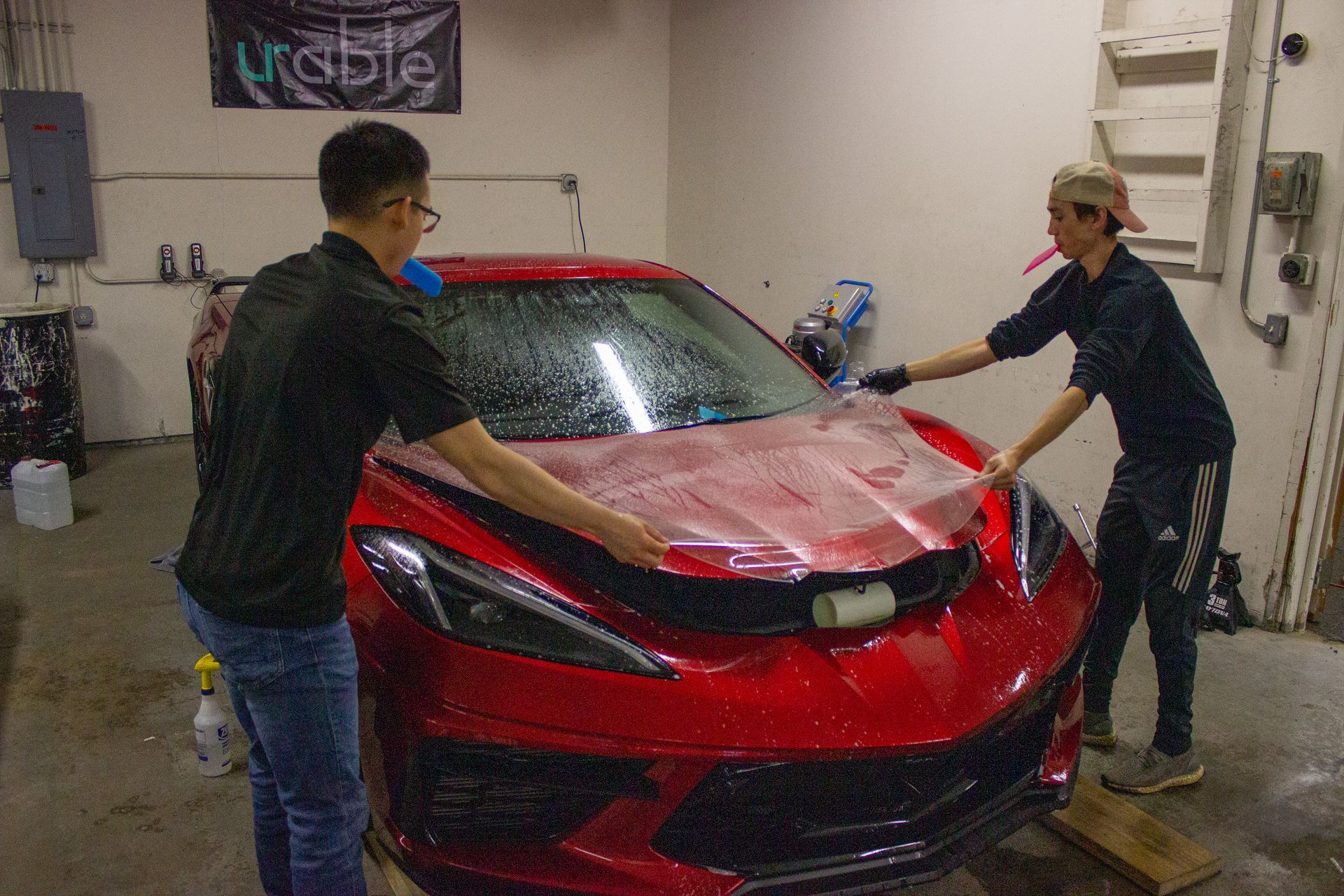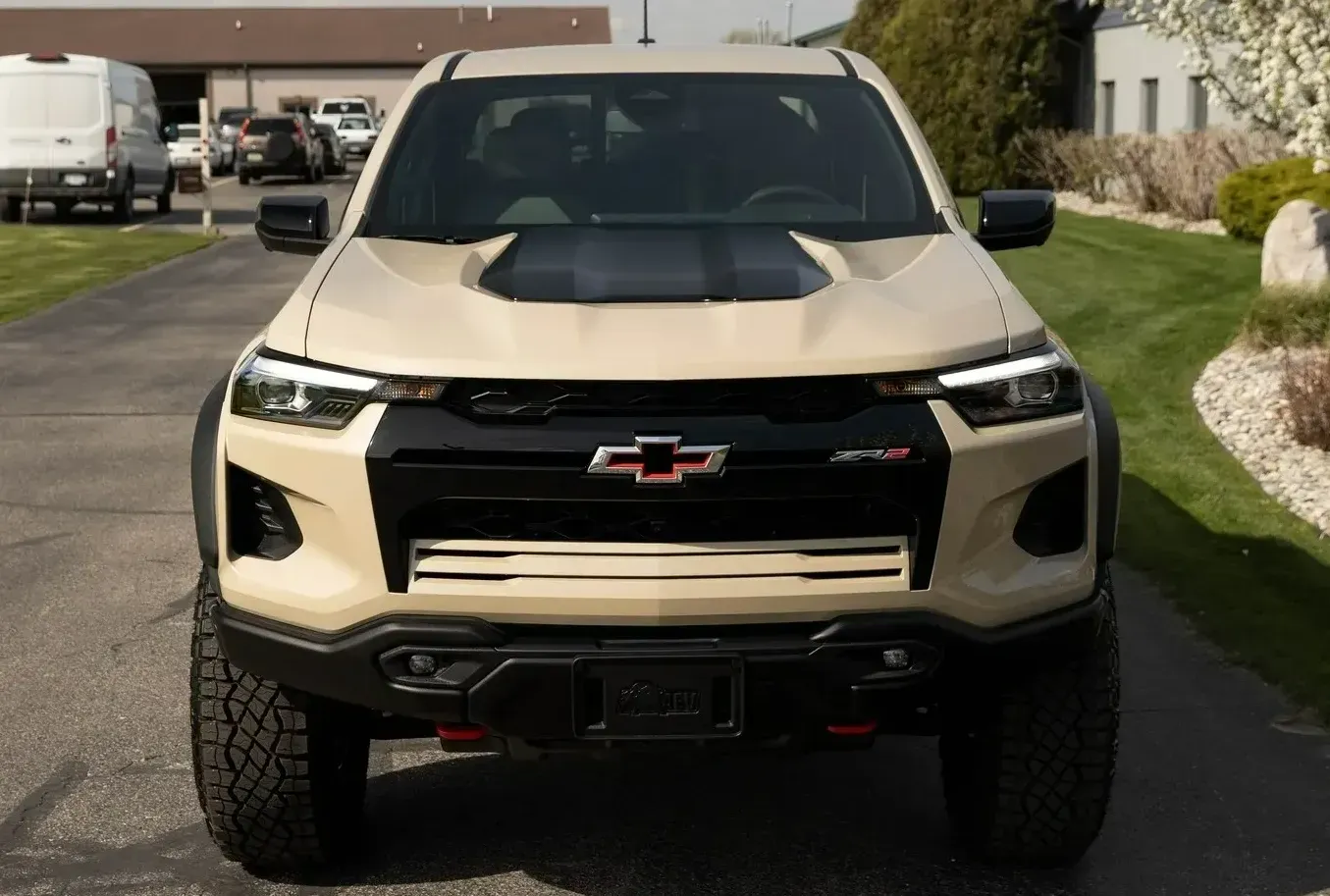Let's face it, detailing a car's exterior can be a bit of a daunting task, especially if you've never done it before. Imagine standing in front of a freshly washed automobile, believing that you can give it the shine it deserves. It can be intimidating. But what if we told you that you don't need to be an experienced professional to perfect the details? Yes, with the right tools and some knowledge, anyone can come close to a professionally detailed car.
That's why we've teamed up with
The Detail Doc, a professional car-detailing company, to provide you with the insider tips you need to ace your first detailing job! Our very own auto cleaning guru is bringing you a comprehensive guide that will have you detail an exterior with the same finesse and polish as an experienced pro. With this guide, you'll learn all the tricks behind detailing and polishing your car’s exterior surfaces, from proper washing and drying protocols to picking the right product, sealant, and polish. So buckle up and grab your detailed supplies; you’ll be a pro in no time!
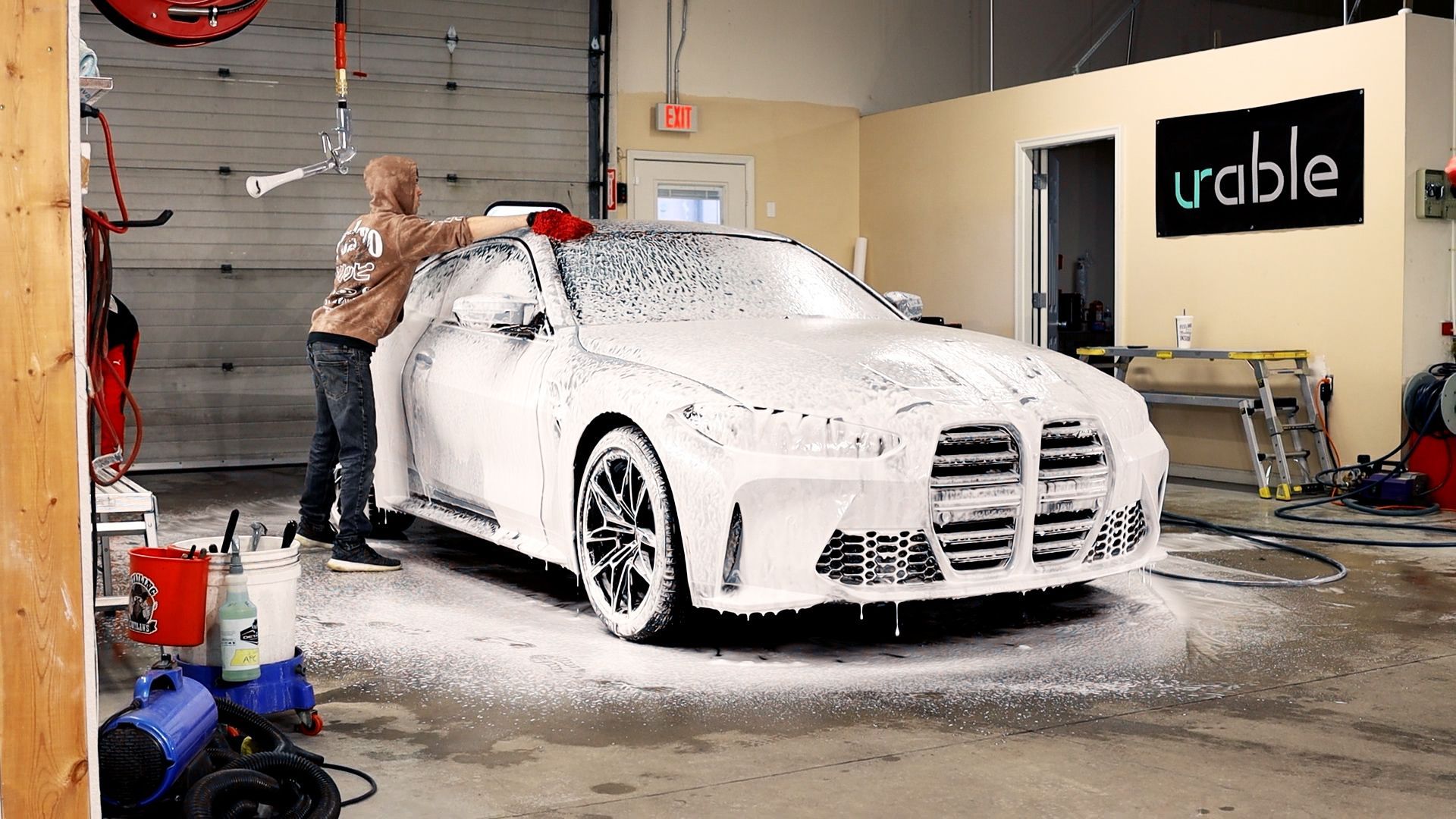
Preparing to Detail Your Car's Exterior
The first step to detailing a car's exterior like a pro is proper preparation. It's important to understand the impact that weather can have before you start detailing it. If it’s raining or if there is dew on the car, it’s essential to wait till all of it has evaporated or dried up before beginning any kind of detailed work. Extremely hot or cold weather may also be unfavorable, as certain parts and tools won’t perform up to the mark in such circumstances. There are those who don’t consider this step necessary and think that the task can be completed regardless of the climate. However, for optimal performance, it's best for detailers to wait for ideal conditions.
It helps to work in a clean area; if possible, choose a spot where you can remove dirt and other debris from the surface prior to starting detailing activities. Above all, ensure that you have plenty of space around the vehicle so that you can move freely and complete the task without struggling.
With these points in mind, there is one last preparatory activity: make sure all your supplies and tools are ready for use when the time comes.
- A survey conducted in 2020 revealed that 65% of Americans consider regular car washing to be essential maintenance in order to preserve the quality and value of their vehicle.
- According to 2018 US Census data, the average time spent detailing a car's exterior was 1 hour and 20 minutes.
- Research from 2019 suggests that using cleaning products specifically designed for the exterior of automobiles can help reduce the appearance of scratches, swirls, and other imperfections on the paint surface.
Gathering Supplies and Tools
The next step to detailing your car's exterior like a pro is gathering the supplies and tools. The type and amount of supplies will vary depending on the current condition of your car, but generally speaking, you'll need some basic materials like microfiber towels, specialty waxes, soap, primer, sealant, and a foam pad for the polishing machine. Also important to have is a pressure washer or garden hose to properly clean the car's surface. Additional products and equipment may be purchased as needed to complete various steps in the detailing process.
It is not recommended to skimp on quality when it comes to detailing supplies and tools. Consider investing in higher-end items for an overall better job; however, these items can often be expensive. If budget is an issue, look around for more affordable options that still provide a good result.
No matter which supplies and tools you choose, it's essential that they are kept well organized before beginning any type of detailing procedure. Having everything neatly categorized with its proper label will help immensely during the project, making the entire process smoother while allowing you to work efficiently without any distractions or hassle. Now that you have gathered all the necessary items together, it's time to start cleaning your car's exterior!
Cleaning the car
Once you have gathered the proper supplies and tools, cleaning the car is next on your list of tasks. This process involves using a pressure washer if one is available, washing the car with soap and water, and then rinsing it off. There are two schools of thought on how to use the pressure washer. One recommends using it after washing the car, while the other advises using it to get rid of dirt, debris, and smaller pieces of debris prior to washing the car.
Ultimately, personal preference and what works best for you should be your guides in this process. If you opt for using a pressure washer, be sure to wash from top to bottom so that all residues run onto the ground away from the car surface. Following this step with a regular hand-washing of your vehicle with proper, safe cleaning solutions and rinsing afterward with plenty of clean water will ensure your already clean exterior is free of contaminants that can cause unwanted damage such as pitting and swirling.
Now that your car is clean and dirt and debris-free, it is time to progress to the next step in detailing, which includes reducing scratches and swirls in your paint before fully polishing and protecting your car's exterior with wax or sealant.
Swirl-Free Paint with Clay Bar
There is one last step to a perfectly detailed car exterior, and it’s a very important one: using clay bars. Clay bars are designed for removing tree sap, bugs, tar, road grime, industrial fallout, and paint overspray from car surfaces by breaking them apart so they can be washed off. Clay bars also provide a swirl-free paint finish and a lack of pollution, which results in an ultra-shiny surface on your car. Through the use of clay bars, you guarantee that no contaminants will remain on the surface after your cleaning process.
When preparing to clean your car's exterior, first you will have to lubricate the surface by spraying a lubricant such as detailer spray or water. Automotive enthusiasts can argue whether or not detailed spray works better than plain water; however, evidence shows that detailed sprays perform the same job as plain water but are more effective in terms of providing additional shine that lasts longer due to their polymer formula. Both lubricants will help avoid marring any paint that may occur during the claying process if too much pressure is applied.
Once you've sprayed enough lubricant across the entire surface, liberally drizzle some more on top of the clay bar itself before rubbing it over the whole body slowly and gently in straight lines. When you notice a certain area starting to become harder to move or drag the clay bar against, it's usually an indication that you're done and it's time to fully inspect and repeat until you don’t feel anything else coming off while claying.
Wrapping up with swirl-free paint with the clay bar method is surely the most exciting and rewarding process when detailing your car's exterior like a pro yourself at home. It requires special care and focuses on ensuring contaminants aren’t left behind after cleaning, but with the right materials and technique, good results are guaranteed! With your car's exterior now looking cleaner, shinier, and free from contaminants, it's time to move onto the wash wax and sealant process while keeping the protection layer intact!
The Wash Wax and Sealant Process
Once the clay bar treatment has been completed, car owners can move on to washing and waxing the exterior of their car. This process serves to clean and protect a vehicle from further damage. To ensure effectiveness, car owners must be sure to carefully choose their cleaning products, as certain ingredients, such as acids, can do more harm than good.
The first step is washing with a gentle car wash soap that won't harm the paint or strip off any of the existing protective layers. Many experts suggest using two buckets—one for the soapy solution and one with clear water to rinse off the wash mitt in between swipes—in order to prevent scratches and swirl marks. The wash should be performed in straight lines and overlapping motions, using a mitt or sponge designed specifically for washing cars. Any bird droppings, mud, or dirt should be removed before rinsing off the soap with a hose or pressure washer. Special attention should be paid to areas such as door jams and windows where dirt tends to accumulate.
After drying thoroughly with a soft towel, it is time for waxing and/or sealing. Depending on preference, a liquid form of carnauba wax can provide good protection from environmental elements lasting up to five months in most climates. Waxing can then be followed up with a sealant for even better protection from UV rays and other environmental hazards; this layer often lasts from six months to one year, depending on climate factors such as temperature and high relative humidity.
With the proper cleaning supplies and technique utilized throughout the exterior detailing process, car owners will have an exterior looking like new with stellar paint condition that retains its shine over time without any swirling or dulling caused by improper care or neglect after detailing has been completed—allowing drivers to proudly show off their amazing ride!
Cleanse and Polish: A Step-by-Step Guide
The process of cleaning and polishing your car's exterior is one of the most important parts of the detailing process. The process entails a deep clean to remove any dirt, grime, and contaminants that have attached themselves to the surface. After this step is completed, a protective polish can be applied to further protect your car from the elements. To understand how to best cleanse and polish your car’s exterior like a pro, let's take a look at the steps involved:
First, use a mild cleanser or degreaser on the exterior of your car to dissolve any dirt and debris that has accumulated over time. It's important to use a low-abrasive cleanser so as not to damage the paint finish. Secondly, it's often recommended to use a clay bar treatment on your car’s surface in order to lift away hardened deposits such as brake dust and bugs. The clay bar will also help to remove residual dirt that may have been missed during the first step. Lastly, you'll want to apply a polish to your car’s surface in order to protect the paint finish. Use a pre-wax cleaner or wax remover to ensure you have removed all contaminants before applying an all-in-one polish with built-in wax protection, or you can apply several layers of wax separately if desired.
There are pros and cons associated with both processes. Single-step polish vs. multiple layers of wax A single-step polish and wax combination will provide decent protection against environmental elements like sun damage, tree sap, and water spots; however, the level of protection may not last as long as multiple layers of wax would due to diminished protective abilities over time. On the other hand, applying multiple layers of wax can require more maintenance but will offer greater protection for longer periods of time when properly maintained, as each additional layer serves as added protection on top of prior coatings. Ultimately, which option you choose depends on your preferences and available resources for upkeep.
Get Professional-Level Car Detailing with The Detail Doc
If you are not a DIYer and want your car to shine like it's fresh off the showroom floor, let the experts at The Detail Doc show you how to detail your car's exterior like a pro. Don't settle for mediocre results; call us today and improve your car detailing game!
Contact us at (989) 244-0505 to schedule an appointment and learn the secrets of professional car detailing. Our skilled technicians will guide you through the step-by-step process, teaching you the techniques and using the right tools and products to achieve a flawless finish. From washing and drying to paint correction and
ceramic coating, we'll cover all the essential aspects of exterior car detailing.

